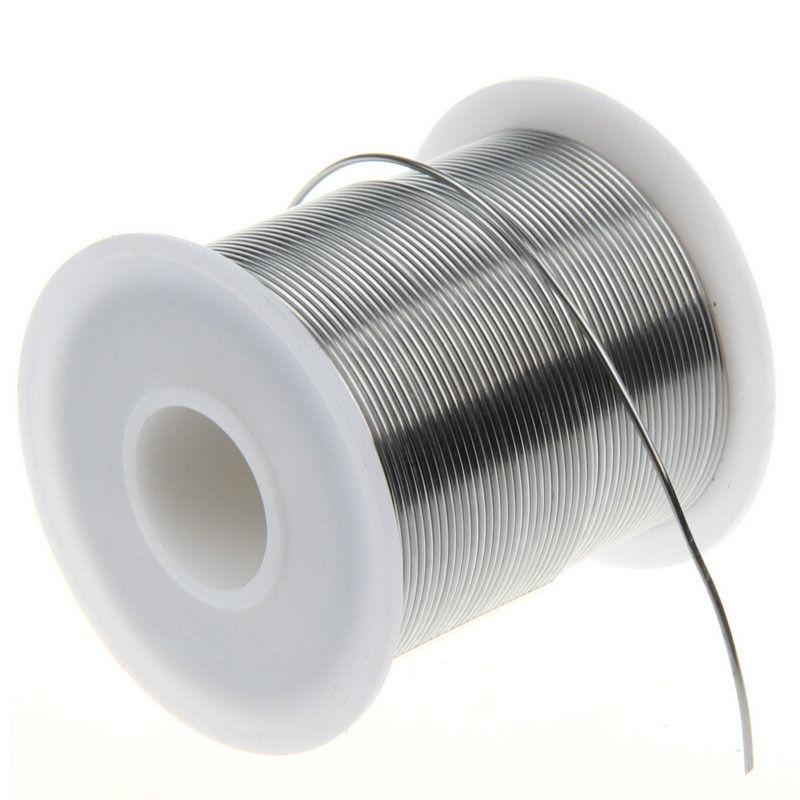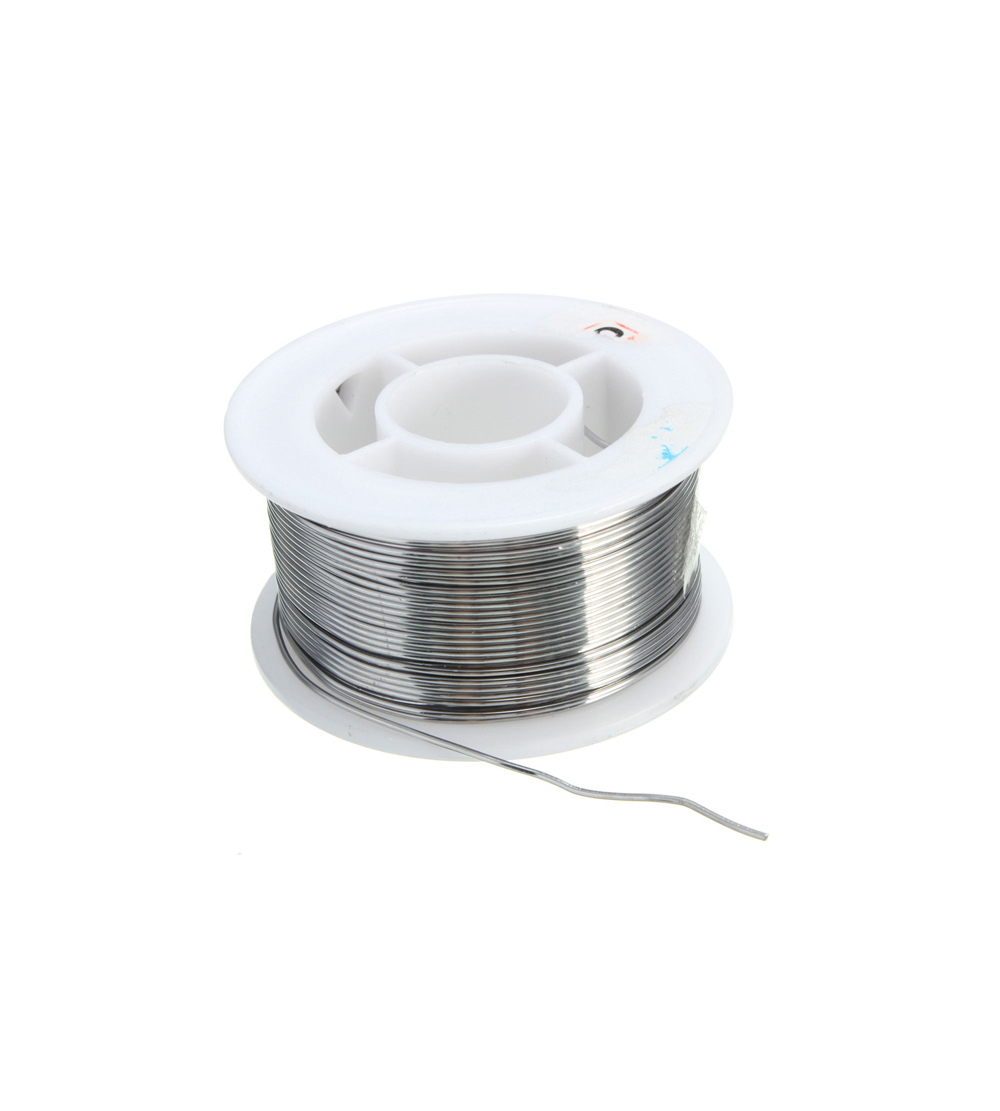What is Lead Solder Wire?
Lead Solder Wire is an essential component for lead welders. So what exactly is solder and how to use it? This article will give you the answer right away. Solder tin is the name for an alloy that is easily melted. Thanks to the easy melting of solder, solder is widely common to create mechanical connections. Just heat it at a temperature of 90 to 450 degrees Celsius, you can use solder immediately.

Soldering iron
Solder is easy to melt and easy to make joints, solder is widely common in the fields of mechanical, electronic and electrical engineering. Soldering iron is an indispensable component for every weld. The application of Lead Solder Wire plays a huge role in the industrial and repair sectors.
Components of solder tin
Tin solder or solder lead comes of tin and lead, but there are also cases where there is no lead. Specifically, based on the level of components, we can divide the category as follows:
Standard solder lead: 63% tin (Sn) and 37% lead (Pb). This is also the Eutetti solder, often common in technical repairs.
Pure lead solder: 100% lead, this type of solder has a rather high melting point, nearly 400 degrees Celsius.
Lead-free solder: 96.5% tin, 3% silver, and 0.5% copper
Classification of Lead Solder Wire
When classifying, people divide Lead Solder Wire into 3 types: standard solder, silver lead and lead-free solder. Let's take a look at the characteristics of each type
Standard soldering iron
Standard solder is the type of solder commonly common in electronics. This solder has both lead and tin as the main components of the alloy. Specifically, there are two types:
Type 60/40 solder: 605 tin, 40% lead.
Type 63/37 solder: 63% tin, 37% lead. This lead is better quality than 60/40.
Lead Silver solder
Silver solder is a type of table lead that contains silver. With the composition of 96.5% tin, 3% silver and 0.5% copper. In addition, there are also cases where people increase the canvas such as lead 36% silver, 62% tin and 2% copper. Silver solder is a good conductor of electricity and is less prone to deformation. The degree of Lead Solder Wire is also higher than that of standard solder.

Lead-free soldering iron
Lead-free solder is a solder that has tin as the sole ingredient. Said to be solder, but not in the structure of solder, there must always be lead. Because lead is a toxic substance, there are many cases where people limit the use of lead to protect public health.
How to solder tin correctly and safely
Because solder contains lead, which is different, moreover, solder will be common for high temperature soldering, so it is necessary to equip the following knowledge to use Lead Solder Wire properly and safely. Instructions for 7 steps to use solder to solder materials:
- Step 1: Clean component feet before soldering.
- Step 2: Adjust the temperature of the soldering iron to suit the power
- 3: Use turpentine on the soldering iron
- Step 4: Put the soldering iron on the component legs
- 5: Put solder on the part between the component pins and the soldering iron. Start welding.
- Step 6: Remove the solder when the amount of molten solution is just enough for the solder joint (turn it slightly and lift it out quickly and decisively)
- Step 7: Finish soldering and turn off the machine
What is SMT?
To understand Lead Solder Wire it is important information to know about surfacing technology and operating mechanism of the SMT line in the assembly system of electronic devices is here. Surface Mount Technology is SMT, a term in the electronics industry, which plays an important role in contributing to the development of the component manufacturing process.
General overview of what is SMT
SMT application technology is a surface-gluing technology common in the production and fabrication of electronic devices. Similarly, SMT is famous by the full phrase as Surface Mount Technology, a technology for making boards through the method of soldering hot lead pools.
SMT replaces the traditional through-hole method when most components must be mechanically attached to the ends of a piece of metal to be soldered directly as Lead Solder Wire to the printed circuit surface.
What is SMT surface gluing technology?
Using SMT surface-gluing technology both saves time and reduces machining costs in the process of assembling electronic devices. Each component comes on the printed circuit board very easily and takes up only a very small lead area. In addition, when using SMT, the other side of the printed circuit board also comes with a similar solder paste.
In the 1960s SMT was launched, and widely applied in 1980, the leader in the development of SMT technology applications was IBM - International Business Machines, a multinational computer technology corporation.
What is SMT process?
The SMT process ensures that Lead Solder Wire we can use on the PCB - printed circuit board with very little error. As a result, the physical size of the component is getting smaller and more efficient. Surface bonding technology has a high degree of automation, does not require a lot of labor and can significantly increase production capacity. In addition, SMT also produces optimal and quality components.
What is SMT line?
SMT technology line is a new and modern technology line with high applicability in the production of electronic circuits. The SMT line is made for the purpose of optimizing the size of the microchip; the Lead Solder Wire is designed to be mounted on a smaller PCB and on that chip can also add more devices such as diodes, capacitors, and resistors.
SMT technology line in manufacturing and assembling components
Considering the degree of automation, SMT lines can be divided into automatic SMT lines and semi-automatic SMT lines. Using chip mounting technique on SMT technology line, follow the welding alloy scanning process; chip mounting; heating - cooling and checking, debugging. If you follow all the steps correctly, it is considered as completing the assembly steps on the IC through SMT.




